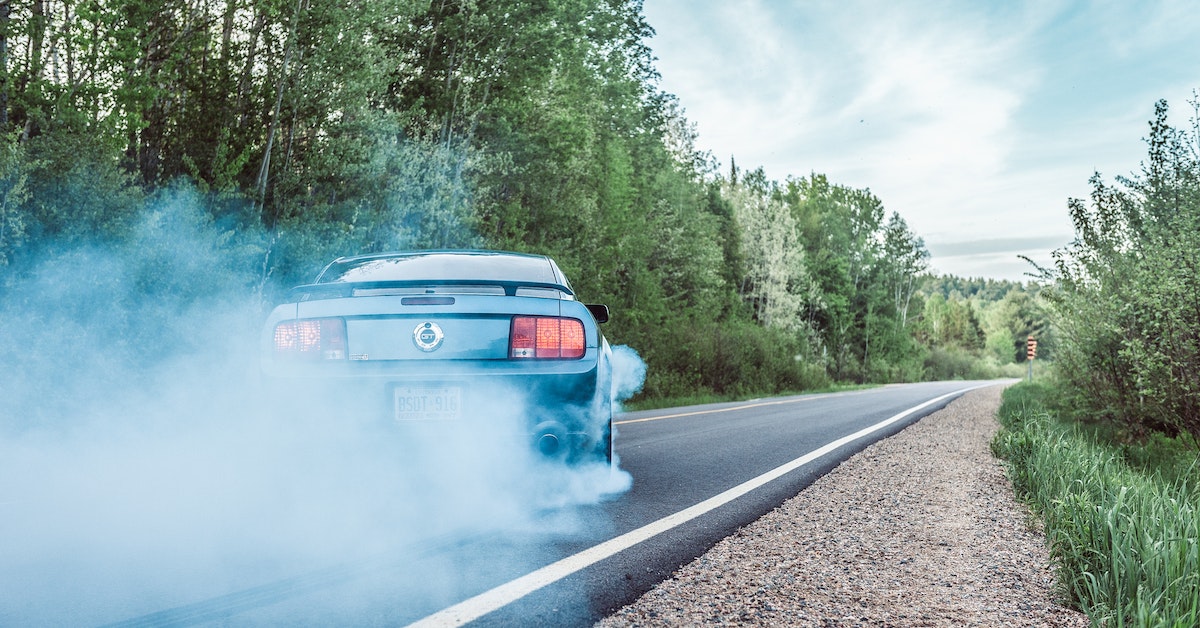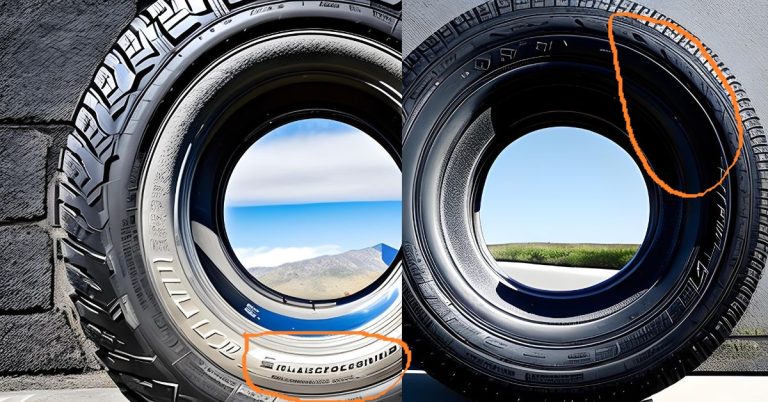Car overheating can be pretty stressful sometimes. For individuals who have never dealt with anything like this before, this may be a very stressful time. The easiest way to prevent a stressful day from becoming a headache is to maintain your composure. When you know the possible causes, you can take control of the issue and prevent the engine from breaking down. This writing will help you understand the car overheating symptoms and what steps you should take when you’re in this situation.
How Will You Know Your Car is Overheating?
If you have some knowledge about bad engines then you can recognize the warning symptoms of an overheated engine, and you can save your automobile from becoming seriously damaged. If you keep driving when the engine of your car is overheating, you might shatter the block or the cylinder heads, causing a costly trip to the mechanic. Here are some most common symptoms of an overheating car:
1. The Hood of The Car is Hot
Try to touch the hood of the car. The hood of a vehicle is normally hotter than the rest of the automobile, but it shouldn’t be so hot that you can’t even touch it. In the worst-case situation, you should be able to rest your hand on the hood for at least a few seconds. Try touching the hood for a few seconds, if you can’t, then possibly you’ve got yourself in the situation of engine overheating.
2. The Temperature Gauge or Indicator Color is Red
Depending on the model of your vehicle, an alert or warning light or temperature gauge may turn on to alert you to the state of your engine’s temperature. To monitor the engine’s temperature, a thermometer is a simplest and most reliable tool available. It’s on the car’s dashboard, in case you were wondering.
This temperature indicator tends to remain in the middle of the gauge under typical settings of any car. This means the engine is at the proper temperature and running smoothly.
However, if the engine temperature indicator light turns on and turns bright red, it means the temperature has risen over the safe range for the vehicle. Overheating might be indicated by a temperature gauge that is in or near the red zone. The sole drawback of these gadgets is that a coolant leak might render the sensor useless and render the device inoperable.
3. Thumping Noise from Your Engine
When an engine is cold, its performance drops. For this reason, radiator flow is blocked until engine temperature reaches operational levels by keeping the thermostat closed. The problem with this gadget is that if it fails to open, the engine’s coolant might overheat. When the coolant in your engine is boiling and you add some cold to it, you may hear a pounding sound. If you hear this noise coming from your thermostat, it means that a sensor inside of it has failed and has to be replaced.
4. Smoke Coming out of the Hood
The most obvious symptom of car overheating is smoke or steam coming out of the hood of the car. If you notice any smoke coming out of the hood of the car check other symptoms to be sure that it’s because of engine overheating.
5. Engine Power has Dropped
Anything from a loose bolt to a faulty spark plug might be the cause of a sputtering engine. This sign is included last since it may not always indicate an overheated engine. Again, it might be anything from a dead battery to a malfunctioning engine component.
The question is this: what signs can you look for to confirm that a lack of power is caused by an engine that is overheating? That’s right; You just need to add it to the rest of the symptoms here. In other words, as soon as you discover that the engine isn’t working as it should, you immediately should begin to search for any traces of smoke or mist. You often need to stop by the side of the road to see whether the hood is excessively hot and double-check all the heat indicators.
6. The Vehicle Smells Smoky or Hot
To those who have never driven before, the concept of a “hot” automobile scent may seem ludicrous. That odor is a medley of various emissions from a hot engine.
All of the rubber, plastic, and resin components are progressively melting as it overheats. In the course of this melting process, the various vapors released by the components combine with the smoke produced by the burning oil inside the engine. Ethylene glycol, which is another “hot” odor, is released when coolant leaks. This “hot” odor is a little sweeter than the other “hot” odor, but it still poses a serious health risk if nothing is done to neutralize it.
What to Do Next?
If you don’t resolve the problem, your engine won’t function as efficiently as before, the performance of the engine will drop, and fixing the engine will cost more money. Go see a mechanic as soon as possible before any more damage happens to your engine. If you continue to drive while your engine is hot, it can cause more damage. Before the help arrives, you can follow some steps to reduce the damage. These steps are given below:
- Keep your car cool and keep the car under control
- Do not keep driving when the engine is hot
- Drive over the side of the road and keep your car somewhere safe
- Turn off the AC, by turning off the AC you are reducing the pressure on the engine by transferring the temperature of the engine inside your car
- Don’t try to open the hood of the car as soon as you pull over since it will be really hot
- Don’t even try to drive any further; instead, have it checked out by a professional right away.
To conclude, overheating can cause a lot of problems to your car. That’s why it’s best to know the car overheating symptoms and the steps to be taken when you’re facing this kind of situation. Hope this blog helped to clarify that.







